Honors in the Arts Cohort 2024-25
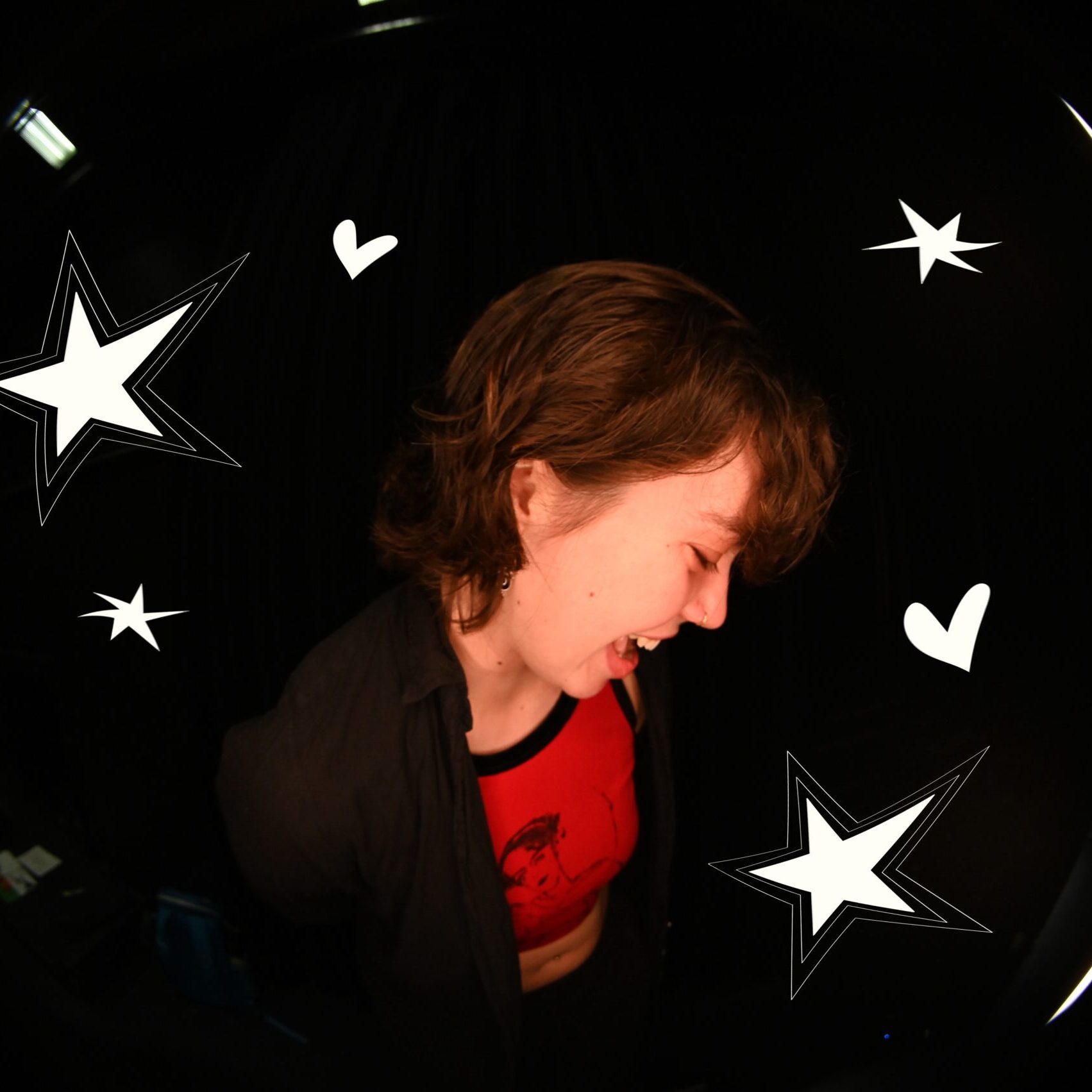
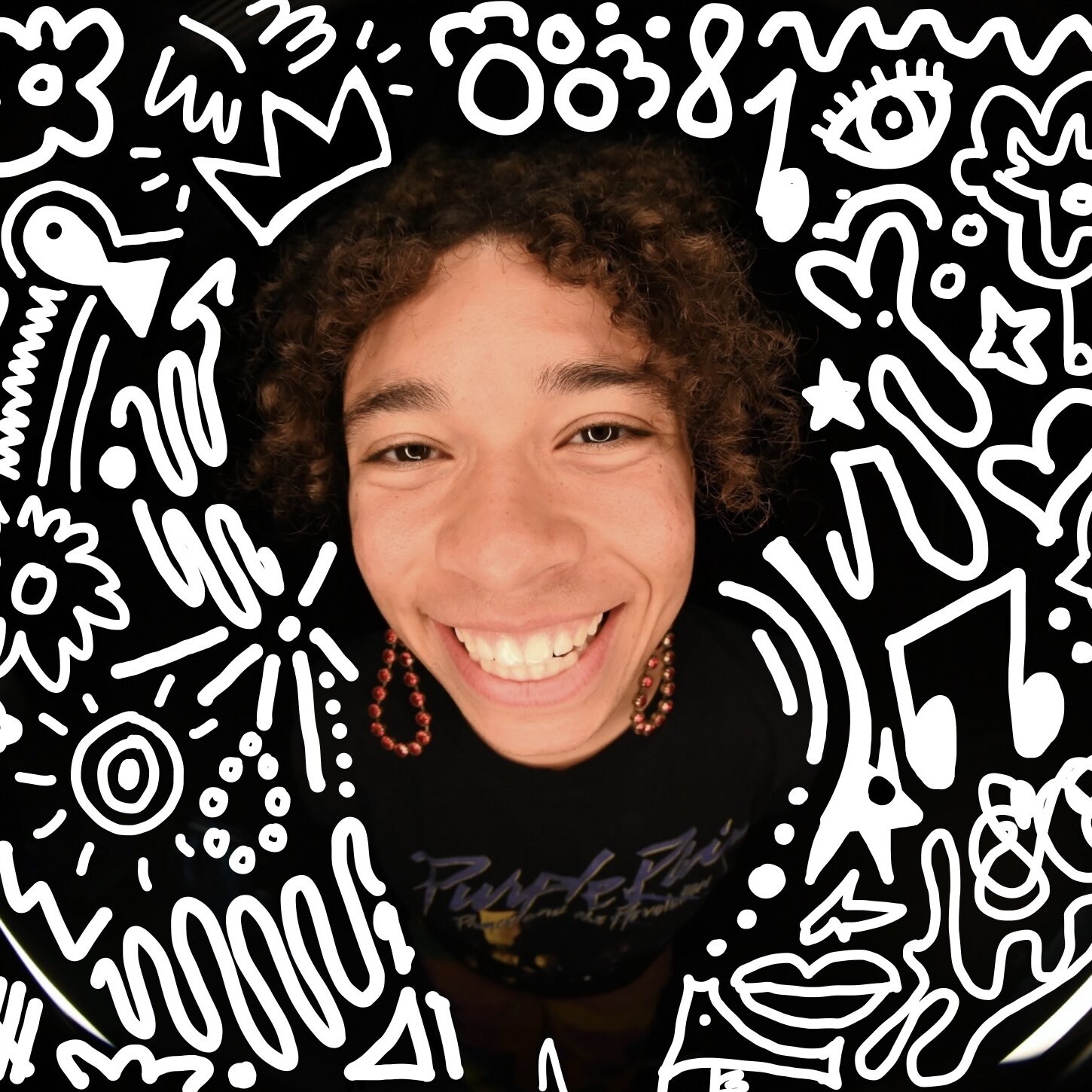
ADELAIDE BARRETT & ULA LUCAS | Kings & Queens
BA English | BA Comparative Lit
Kings and Queens is a multimedia ode to the local drag community at Stanford and in the Bay Area. As two young queer people we found both royalty and role models in the drag community of popular culture. In college we both had our first opportunity to experience drag personally. Since then, drag has become woven into our day to day understanding of the world, as our close friends developed drag personas and entered the world of performing. Our project aims to produce a living archive of the powerful, dynamic, and, at times, ephemeral world of drag. Utilizing interviews, image-making sessions, and collaborative writings, we will produce “portraits” which bring these personas to life beyond the moment of performance. Images and text from the project will be displayed in a culminating homage at a local venue for drag performance.
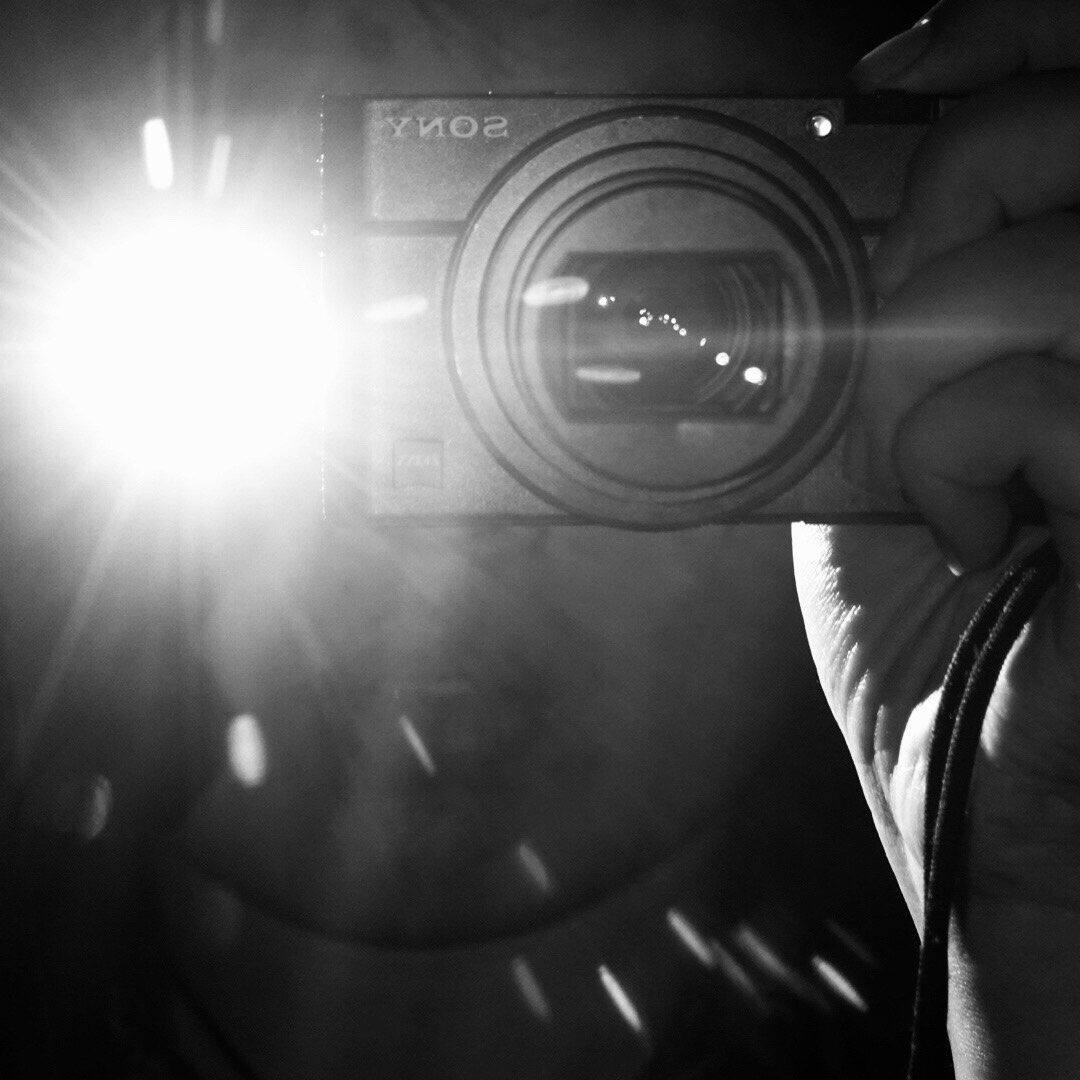
LAIA Bent | As the Swamp Burns
BS Earth Systems
I grew up in rural Ontario, surrounded by swamps and wetlands - a beautiful, dark landscape that will forever be etched in my mind. I’ve always been fascinated by the biology and the spirituality of swamps: coated in thick layers of moss, they are simmering pits of decomposing organic matter that transform into glossy black peat over millions of years. When things die in swamps, they are mummified by the peat - ‘bog bodies’ have been found all over North America and Europe, perfectly preserved prehistoric humans that emerge coated in a glossy black sheen. Native American myths from the area I grew up in speak of swamps as deceptive places, where people sink and glowing ghosts roam the waters. Will-o-the-wisps, as they are called in English, are glowing swamps spirits theorized to be the result of spontaneously combusting decomposed matter. Over the last century however, with increasing drainage of swamps for peat fuel, bog bodies and will-o-the-wisps have all but disappeared. As the Swamp Burns explores the intricate relationships between ecological preservation, cultural heritage, and the socio-economic dynamics of wetlands and swamps in Ontario, reflecting on the swamp’s role as a protector, preserver, and witness to human lives.
The work consists of samples of swamp water from near my home, cultivated in Winogradsky columns, a microbiology technique where specific nutrients are added to aquatic sediments to make the bacteria bloom into beautiful colors. Inside these cultures, sculptures and artifacts from my hometown are submerged coated in nutrients, so that the bacterial blooms mirror the shape of the submerged objects and form a symbiosis between human memory and its natural environment. Winogradsky columns also produce electricity through bacterial gradients, which I use to power flickering flames representative of the will-o-the-wisps. This bio-energy present in the swamp, once the source of the mystical swamp spirits, is now being harvested for fossil fuels - primordial spirits, turned to fodder for industrial production. By creating a microcosm of the swamp and harvesting its energy through this alien technological contraption, I hope to create a piece that can spark conversation in my community about the relationship between our lives and our landscape.
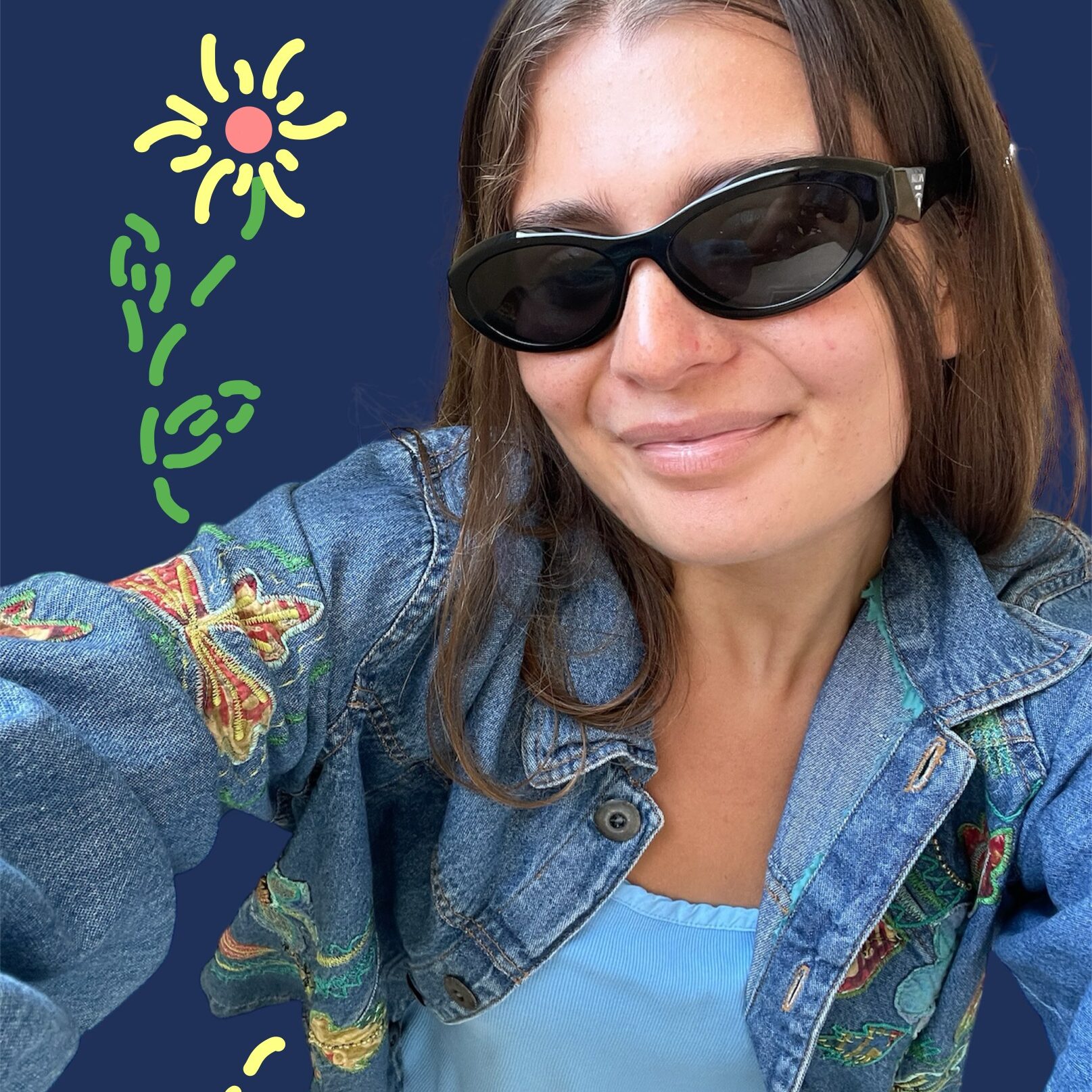
GENEVIEVE DANDURAND | The Art of Crafting a Tea Experience
BS Engineering: Product Design
"Drink your tea slowly and reverently, as if it is the axis on which the world earth revolves." - Thich Nhat Hanh
In the relentless pace of life at Stanford, where there’s always something demanding our attention, embracing mindfulness becomes a radical act. Tea drinking is not just a ritual; it’s a powerful invitation to slow down, connect with our senses, and deepen our relationships.
Genevieve Dandurand creates meditative tea drinking experiences that transcend the ordinary. Her work, inspired by Japanese tea practices, transforms tea ceremonies into a journey of presence and community.
Through her own artistry in ceramics, woodworking, and metalworking, Genevieve crafts spaces that promote well-being and connection, reminding us of the preciousness of time and the value of our shared moments.
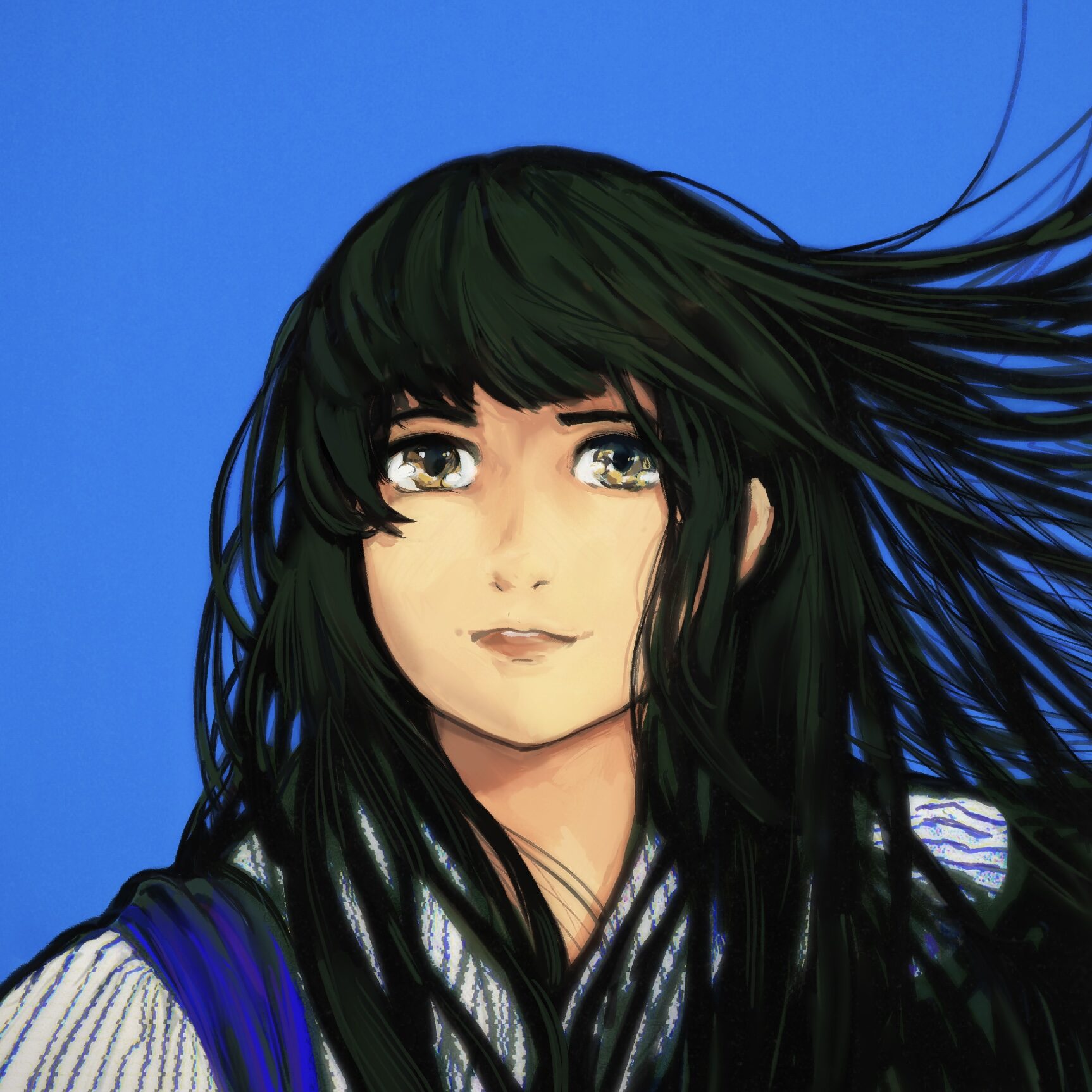
HELEN DENG 伊曼 | Diaries of an International Student
BA International Relations
You are 18. Time to ship you off from China to America for university! Are you ready to adjust to a new geopolitical climate, learn new culinary practices, live under a different socioeconomic system, and wrestle with different philosophical traditions (woah)? But most importantly, could you do all the above with a lighthearted smile? Find out in this comic produced by Helen Deng: Diaries of An International Student.
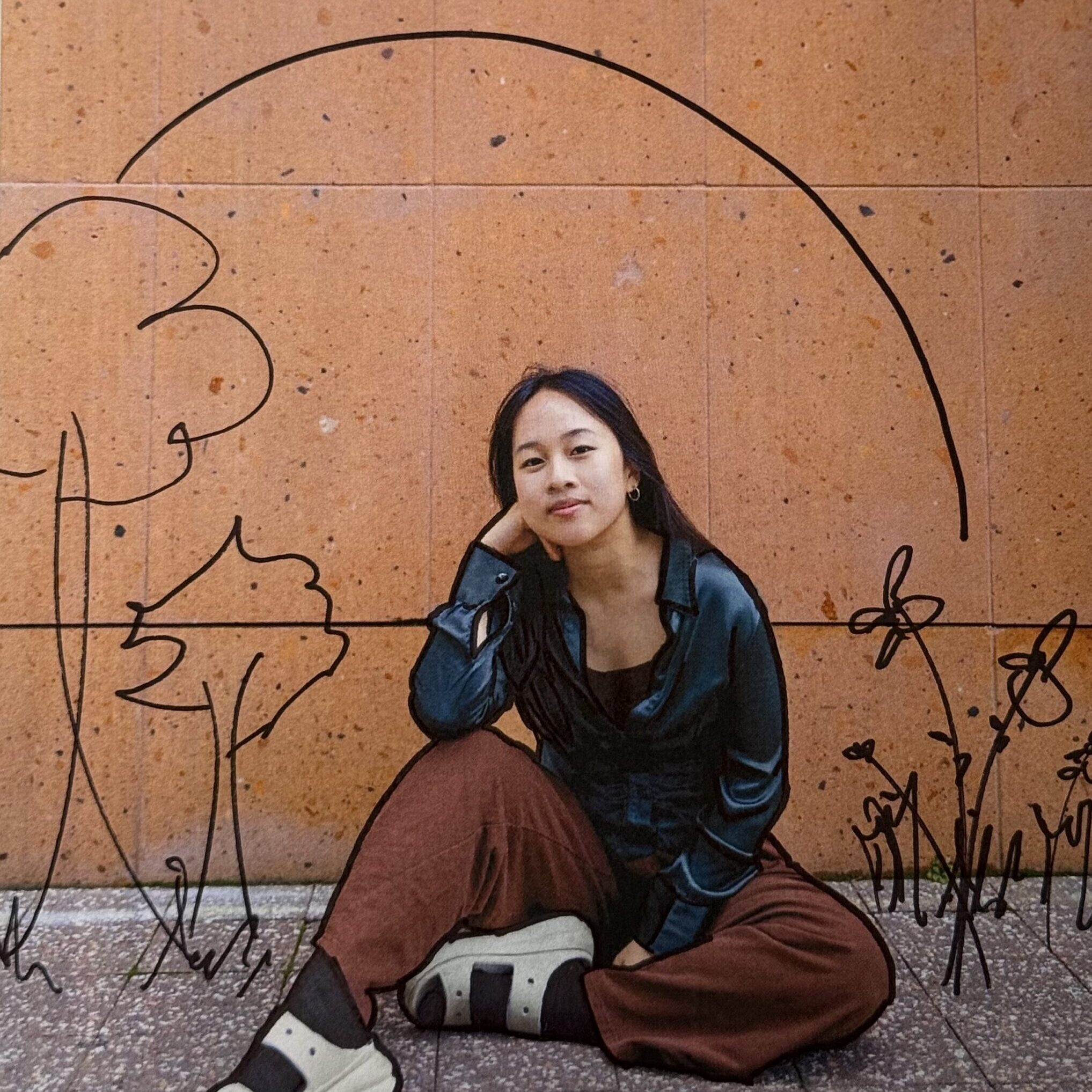
JUNAH JANG | all my baskets are in one egg
BA Public Policy
In class, my economics professor calls keeping secrets "strategic ambiguity,” calls helping each other out "collusive behavior." "Everyone implicitly puts value on a life," he says to a room of my peers, "economists are just the only people brave enough to say it.”
all my baskets are in one egg is my call to rethink economics education. Too often, we are taught a version of human nature that is exclusively self-interested, limitless in greed, and ruthless in pursuit of optimal ends — an image that guides our policy-making, rewrites our values, and informs our interpersonal relationships. but isn’t there more to us than rational decision-making? what is truly known in our “laws” of economics? and hey, shouldn’t my study of public policy feel closer to the public?
Half lecture-practice and half-confessional, this one-woman show aims to dismiss the artificial distance between academia and theater-making, interrogate what — beyond the textbook — we are being taught by higher education, and free us to imagine new and more generative alternatives.
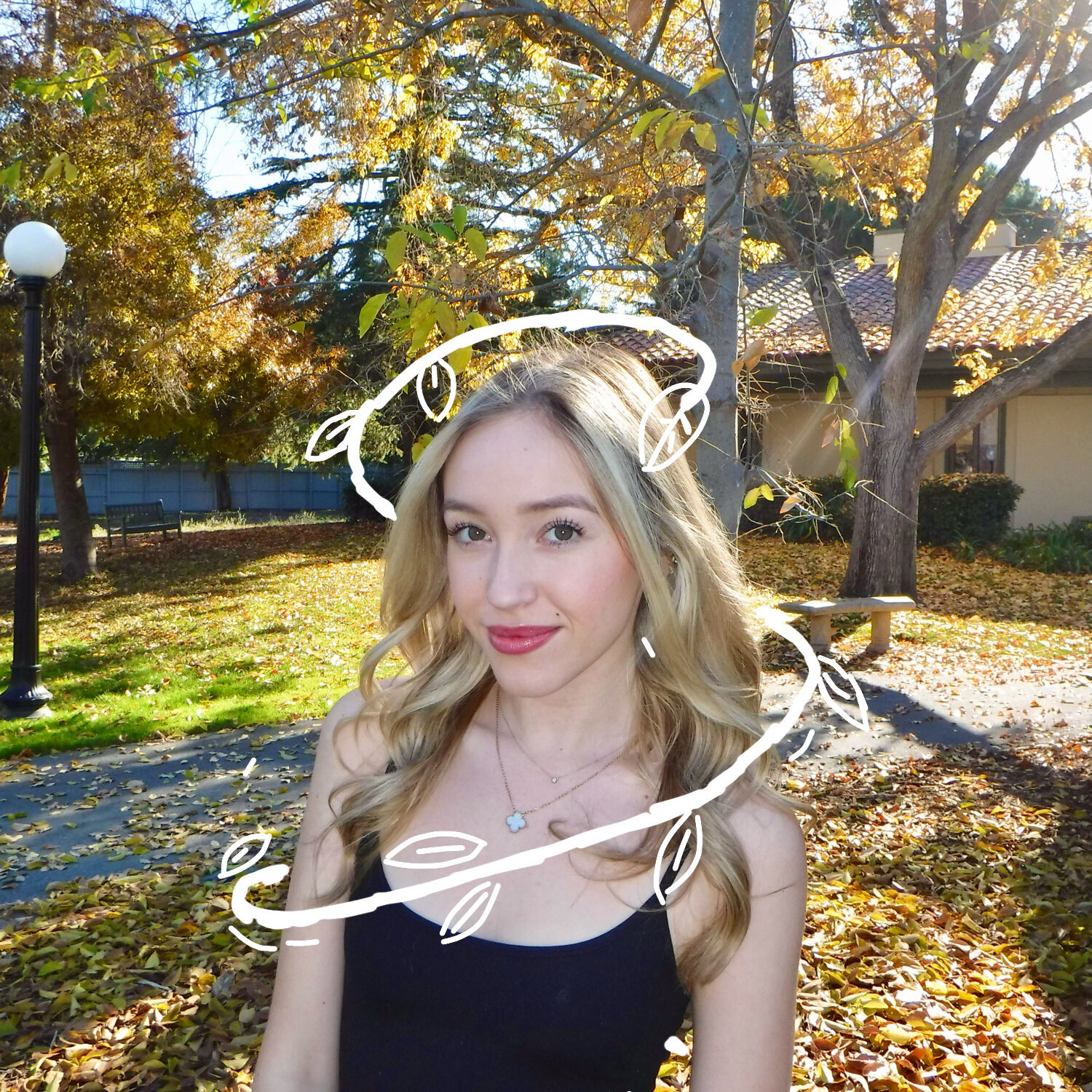
JAIDEN GRACE KORTH | Stories from a Wounded Traveler
BA International Relations
“Health is life lived in the silence of the organs...” or at least that is how French surgeon René Leriche has chosen to define it. My definition: A precarious state of being often unattainable and yet far easier to adopt than “sick”.
Health and Sickness, categorical states of being, were created to narrowly define the human experience, and in the process they quantified, simplified, and isolated individuals seeking retribution for the silence that was stolen from them.
Even more so, as we descend from departing histories and practices so have our constructions of health as they devolved differently cross-culturally and nationally. What was left was an unrecognizable social diaspora that lacks intentional understanding for the experience of others. Stories from a Wounded Traveler, seeks to evoke the same healing self-actualization of the chronically ill through the use of illness narrative. This short-story anthology confronts the unique dispositions of international interpretations of health as they uniquely disfigure and alter the human experience. But more importantly, it aspires to leave the reader painfully aware of the privilege of their silence and the strength of their pain- that just a moment in the head of someone else might challenge us to unlearn the harmful perceptions we have adopted when nothing else was offered in its place.
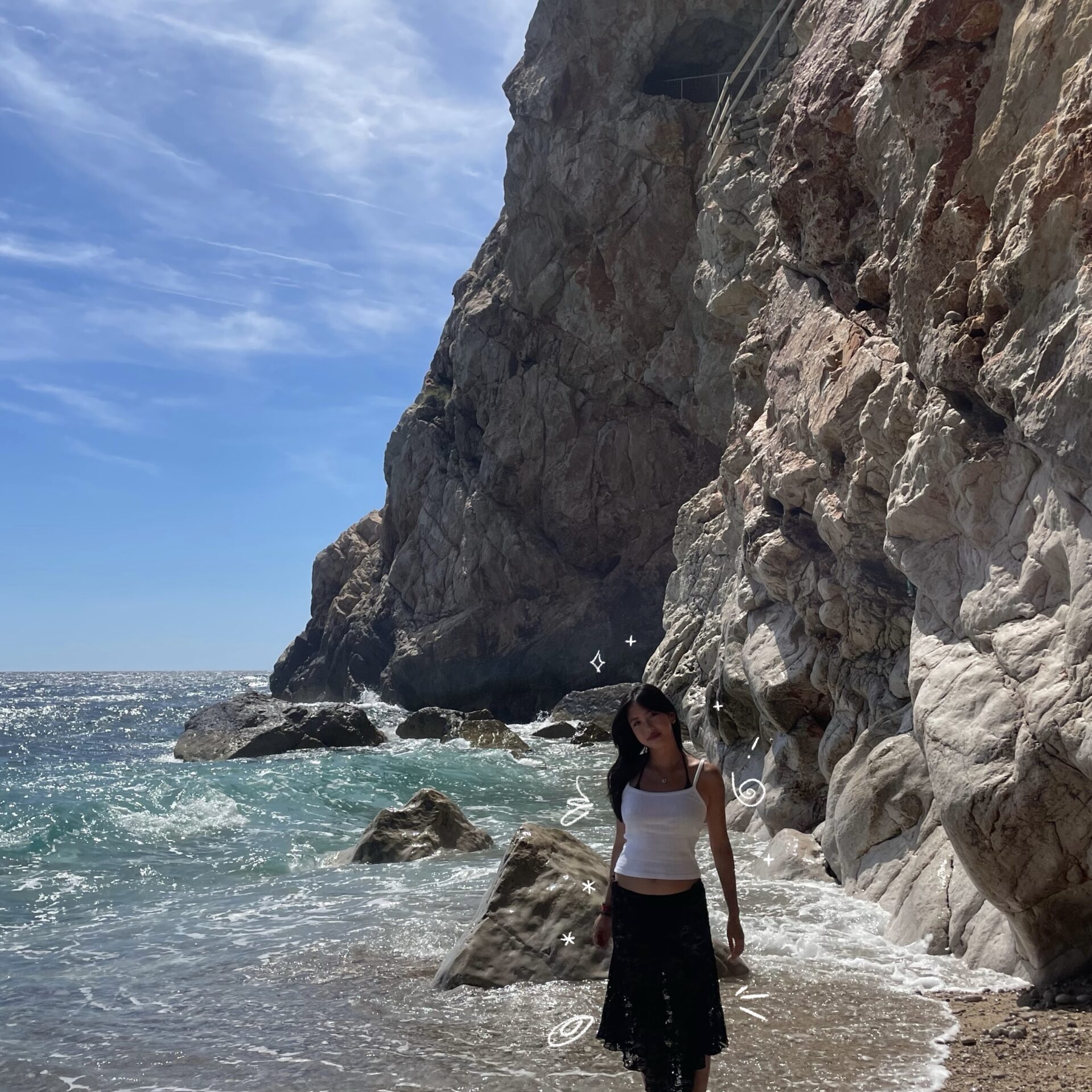
STELLA LI | SOFT/SHARP
BA English; BS Design
In writing, the senses are posited as a worthwhile epistemological pursuit, while sight in particular is exalted as the most trustworthy sense. But sight is deceptive—the human eye, greedy and critical, favors the beautiful over the ugly, often attaching a moral valence to these judgments. Yuriko Saito writes about Kim Bong-ryong’s “crude” gouging out of a blemished mother-of-pearl inlay: the human impulse is to correct, often violently, and few frontiers remain free of the human impulse to manipulate.
But where sight fails, touch relieves. SOFT/SHARP meditates on the folly of vision and the honesty of the haptic. What if, instead of correcting the unpalatable sight, we felt it? What if we could inhabit ugliness at no moral consequence? This series of lyric essays explores the intimacies of writing and asks how the written word might allow us to “touch” that which we might not perceive otherwise. In these essays, maybe the mother-of-pearl lives on to become an heirloom, perfect or not. Blending the personal and the academic, these essays explore themes of femininity, loss, heritage, the cyclical, and the random. Here, there is room for beauty to be a fortuitous encounter, rather than an engineered end.
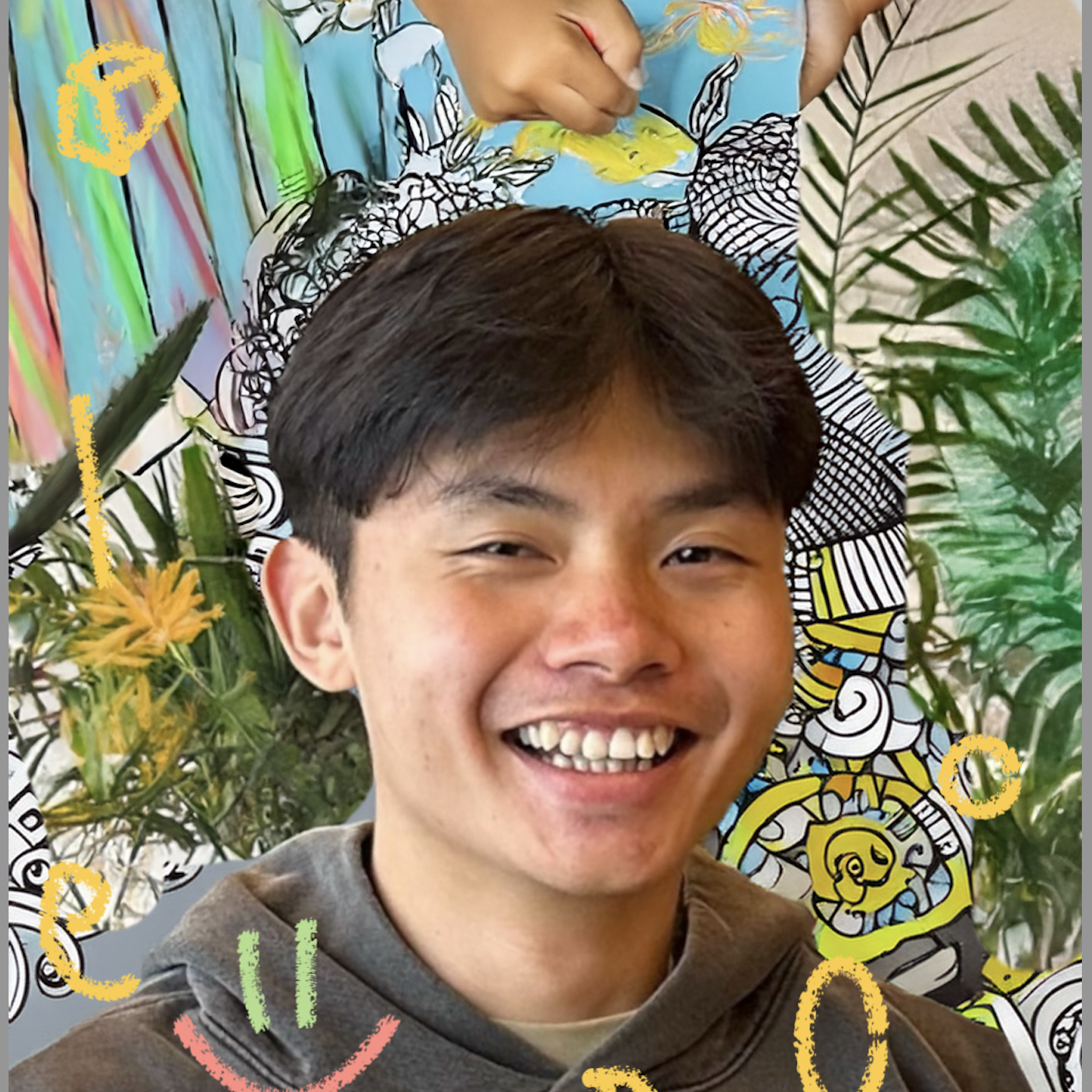
RYAN LIAN | Frame
BS Design
A million memories. A thousand stories. One face. Even with close friends and family, our perception of them is shaped by fragmented moments and fleeting memories. Yet, as I look at that one face, I sense so much more.
Frames explores this intangible more, examining how media shapes the liminal space between our factual and affective understanding of those around us.
Through life-sized oil portraits of three friends—one from middle school, another from early college, and someone I’ve only known for a month—I aim to capture my perception of our relationships. Oil paint, with its textured layers and fluid brushwork, mirrors the layers of context, emotion, and fleeting moments that form our perception. My subconscious understanding of the relationship is embedded in the tactility of every brushstroke.
In contrast, I use AI to generate digital portraits through an iterative process akin to inpainting—filling in gaps with patterns derived from labels and generalized stories in its training data. While painting captures a unique, personal perspective, AI instead flattens these perceptions into averages, filling in details based on broader media representations.
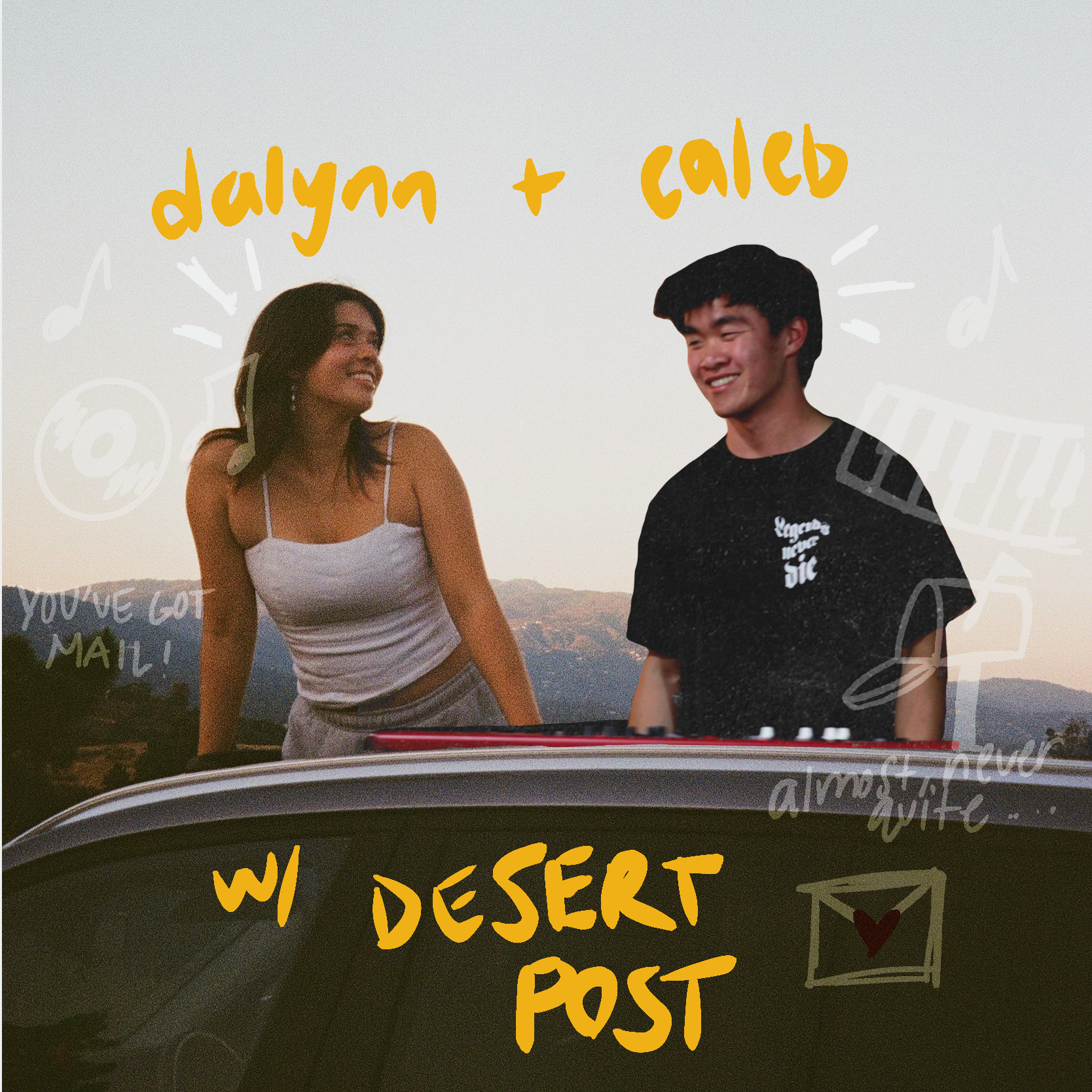
CALEB LIU & DALYNN MILLER | Desert Post
BS Computer Science | BS Design
"Desert Post" is a short film and accompanying EP that explores love, timing, and life’s great "what-ifs." The story follows Henry, a post office worker stationed in the heart of the Mojave Desert, where time moves far more slowly than in the outside world. He has long collected artifacts of “life outside” and feels perfectly content living through the stories travelers share. However, his peace is disrupted when he meets Val, an aspiring singer passing through on her move to New York. Music was central to our creative process; we initially crafted the characters’ identities through songwriting to foster emotional intimacy and understanding before building the narrative and, ultimately, the short film. Our story traces the ebb and flow of Henry and Val’s relationship as both characters—doomed by timing—come to appreciate how they have changed each other, becoming artifacts of love in each other's lives.
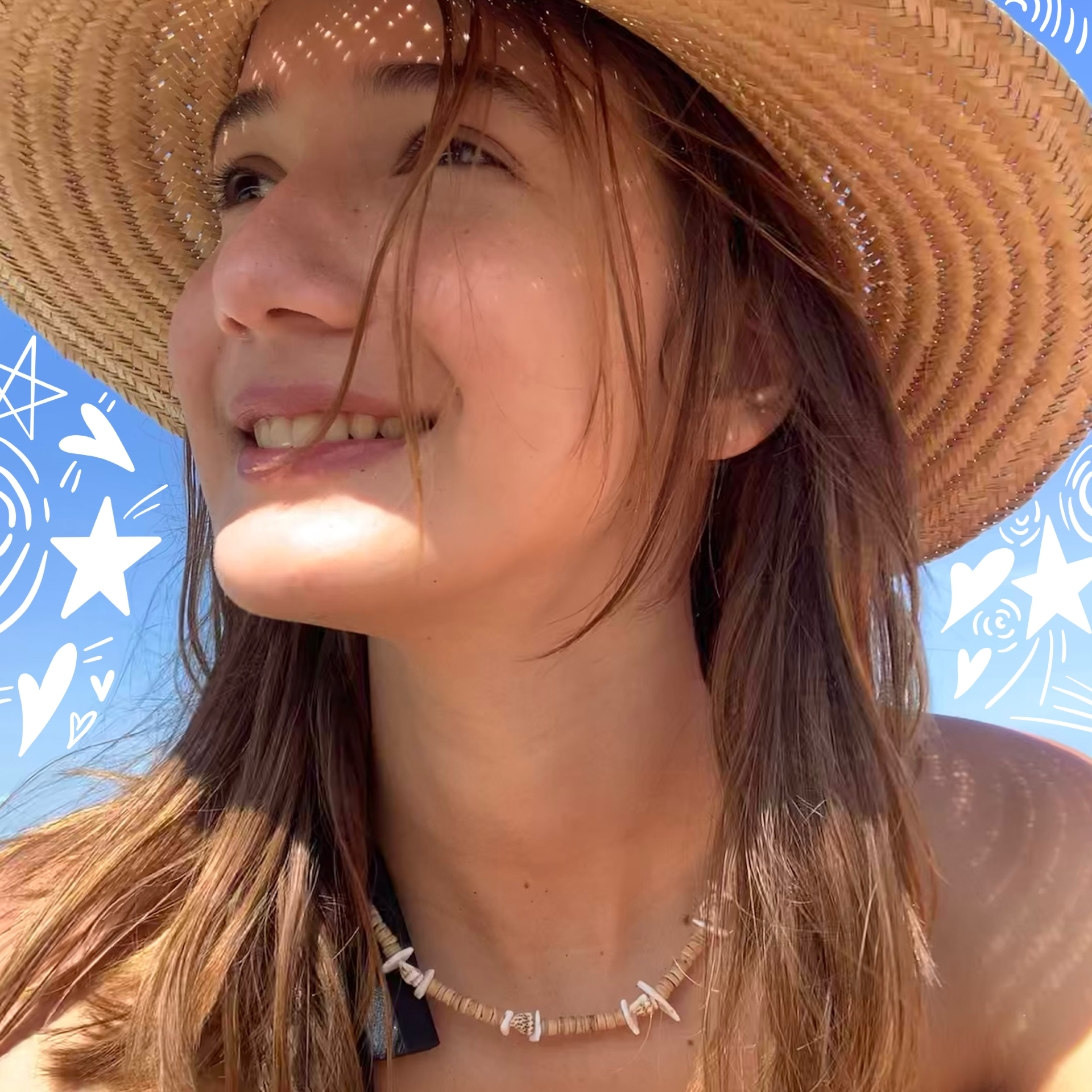
MIA PENFOLD | Recollections of Home
BS Computer Science
The summer after my freshman year at Stanford, I was driving past the intersection two blocks away from my old school—the one with the steakhouse right across from the gas station—when I saw that a tree had been chopped down. It wasn’t just any tree though, it was my mom’s favorite kind of tree. It was a “Saman,” native to the Venezuelan flatlands where my grandfather grew up. It was the kind of tree I dreamt of having in my future home’s backyard. As I saw the remaining stump jutting from the broken pavement, a little something in me broke too. My garden would never have a Saman, and no other tree would ever mean as much: to me, to my mom, or to my grandfather.
“Recollections of Home” is a series of 25 postcard-sized oil paintings and a personal essay that reflect on leaving home and moving to the United States. Drawing from architecture, art history, and technology, the project delves into our evolving relationship with space, place, and time.
How does the mobility of modern life reshape our sense of home? How does technology, by collapsing distances and accelerating movement, redefine our understanding of place? What becomes of home when we’re no longer there? When does space become place (and vice versa)?
This project examines not just the personal experience of leaving home but also the broader shifts in how we inhabit the world—physically, digitally, and emotionally. Despite its deeply personal roots, by exploring themes of time and memory, this project touches on the universal experience of revisiting our childhood, mourning lost places, and the search for continuity in a fast-changing world.
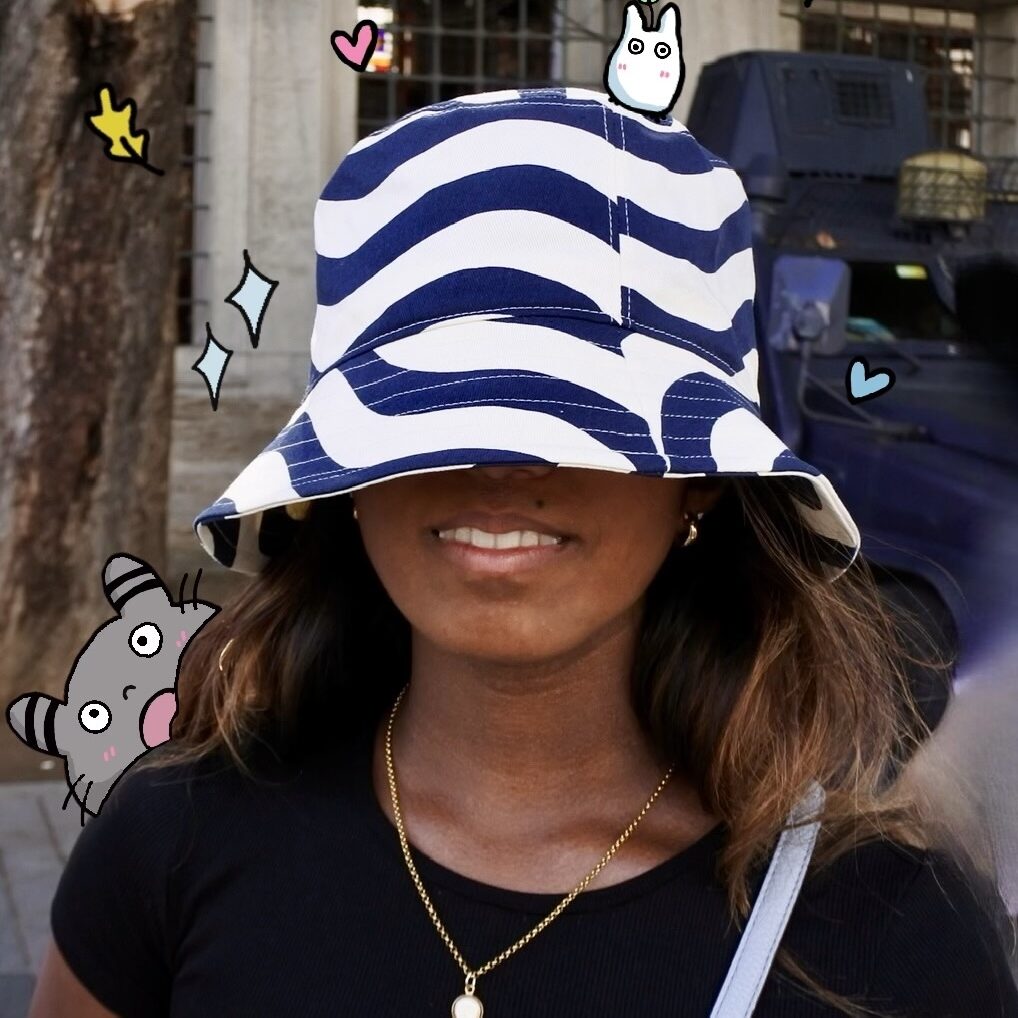
NICOLE SEGARAN | The Girl Who Fell From Heaven
BS Computer Science
What is it like to live in a paradise not built for you? What makes some worthy of salvation and others eternal damnation? These questions emerged while reflecting on my experience growing up in American suburbia—a place sold as heaven on Earth for all, yet built for a select few. As a queer, person of color, raised by immigrant parents whose own life paths differed starkly from those of my peers, I felt a deep disconnect between suburbia's promises and its reality. Drawing upon this dissociation, I created “The Girl Who Fell From Heaven,” a science-fiction novel exploring these themes in the form of an alternate Genesis story.
Enter Sadie Valentino, an eighteen-millennia-old misfit living in eternal paradise. Sadie’s life is a hot mess. Getting an internship at the most prestigious scitech company is meant to be her big break, a chance to finally live up to her family name and solve the one problem plaguing all of paradise. That is, until everything goes horribly wrong and the very invention that could save paradise escapes: humans.
Now, with the help of the lab’s weird high school volunteer and Sadie’s hot ex-neighbor, Sadie must brave the mortal realm and race against the clock to capture these humans, with the fate of Paradisio hanging in their hands. But as she comes to learn what life in the mortal realm entails, she is faced with the consequences of saving paradise, as well as the secrets lurking behind Paradiso's existence in the first place.
Through Sadie’s journey, this novel invites readers to challenge their perceptions of paradise and to grapple with the societal heavens and hells we construct. At its core, it’s a meditation on belonging, exclusion, and the price we pay to uphold worlds that some can never fully inhabit.
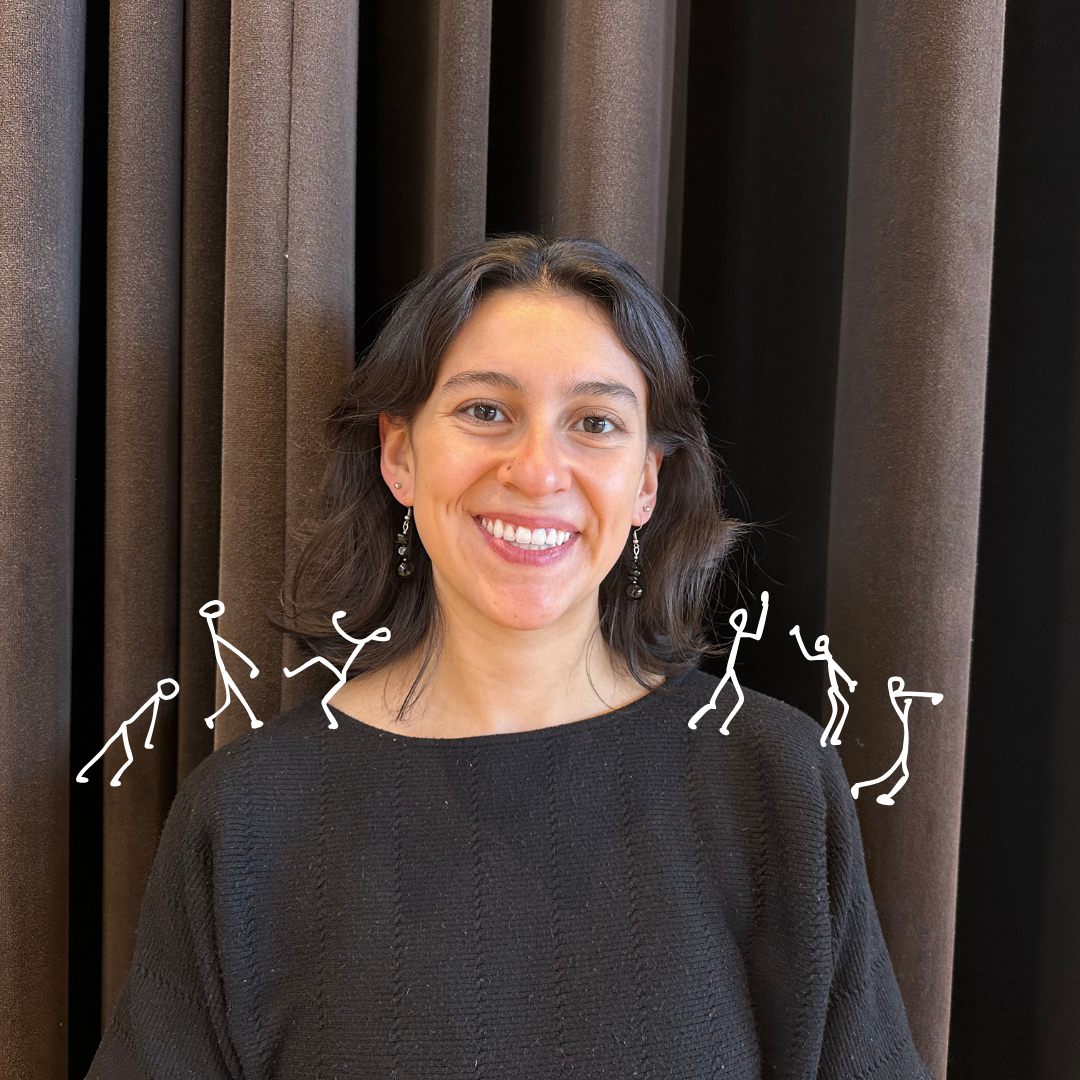
ISABELLA TERRAZAS | Archival Orchesis
BA Sociology
Before his death in 2012, Paul Taylor–renowned as one of modern dances’ “greats”–wrote in the Wall Street Journal that he made dances out of a desire for people to know about themselves. Creation of dance was a compulsion to make something simultaneously fleeting and durable, an experiment in the depiction of humanity, a desire to communicate with the world in both its pedanticism and its beauty.
Archival Orchesis is a dance project that attempts to restore choreographic archives from a campus dance group originating in the 1940s. The artist explores whether modern dance can be preserved, how we create fidelity to the past, and what emerges when we test the limitations of restoration (while leaving room for wild speculation).
Emerging from her very own creative compulsion with making new movement, the material for Archival Orchesis borrows from choreographic archives, the artist’s own historic repertoire, and new movement created for the project.
Isabella Terrazas is a lifelong dancer and creative. She would like to thank her parents and her own modern dance “greats”.
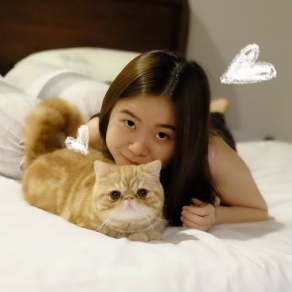
CELESTINE WENARDY | Serotonin
BS Neurobiology
Celestine Wenardy is a senior from Jakarta, Indonesia, studying neurobiology and creative writing. She is captivated by both neuroscience and literature for the same fundamental questions: what makes us human? What does it mean to understand oneself, or to be understood? Serotonin is a fragmentary coming-of-age novel about connection, pattern recognition, and the fringes of collective memory.
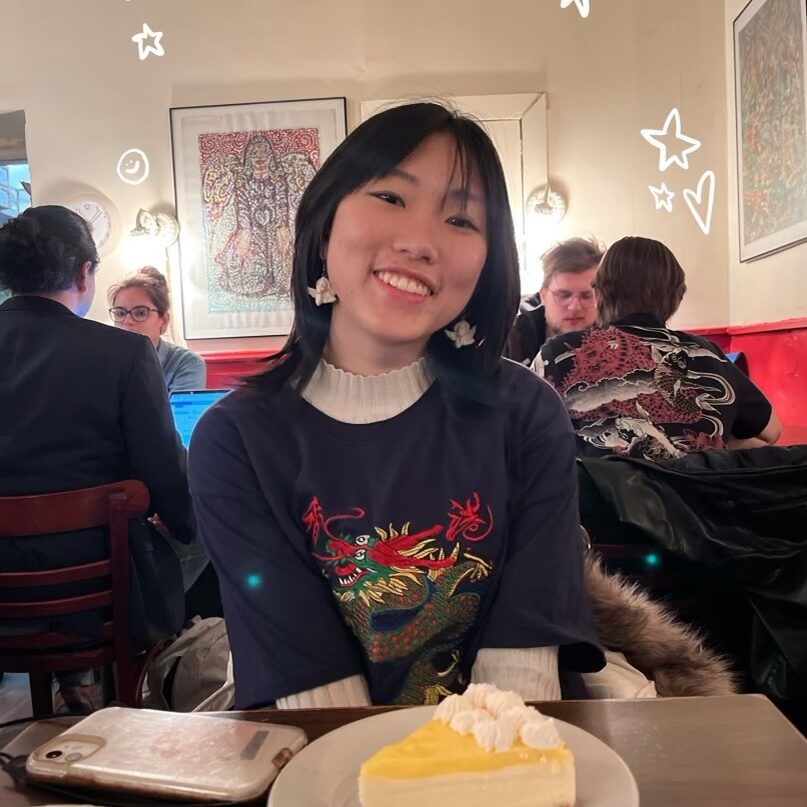
Katherine Wong | People Watching and Other Stories
BS Symbolic Systems
What are the hidden costs of ambition? When does progress blur into exploitation? How do we retain human connection in an ever-changing world? People Watching and Other Stories is a collection of literary short stories that tackle various ethical questions surrounding the rapid technological and scientific innovations of the 21st century — spanning speculative genres of science-fiction, horror, and dystopian fiction. From stories about a 9-5 work commuter navigating surveillance capitalism to a car with the hidden ability to bend time, People Watching and Other Stories explores the fraying bonds of human connection and how innovation can often serve as a catalyst for inequality.
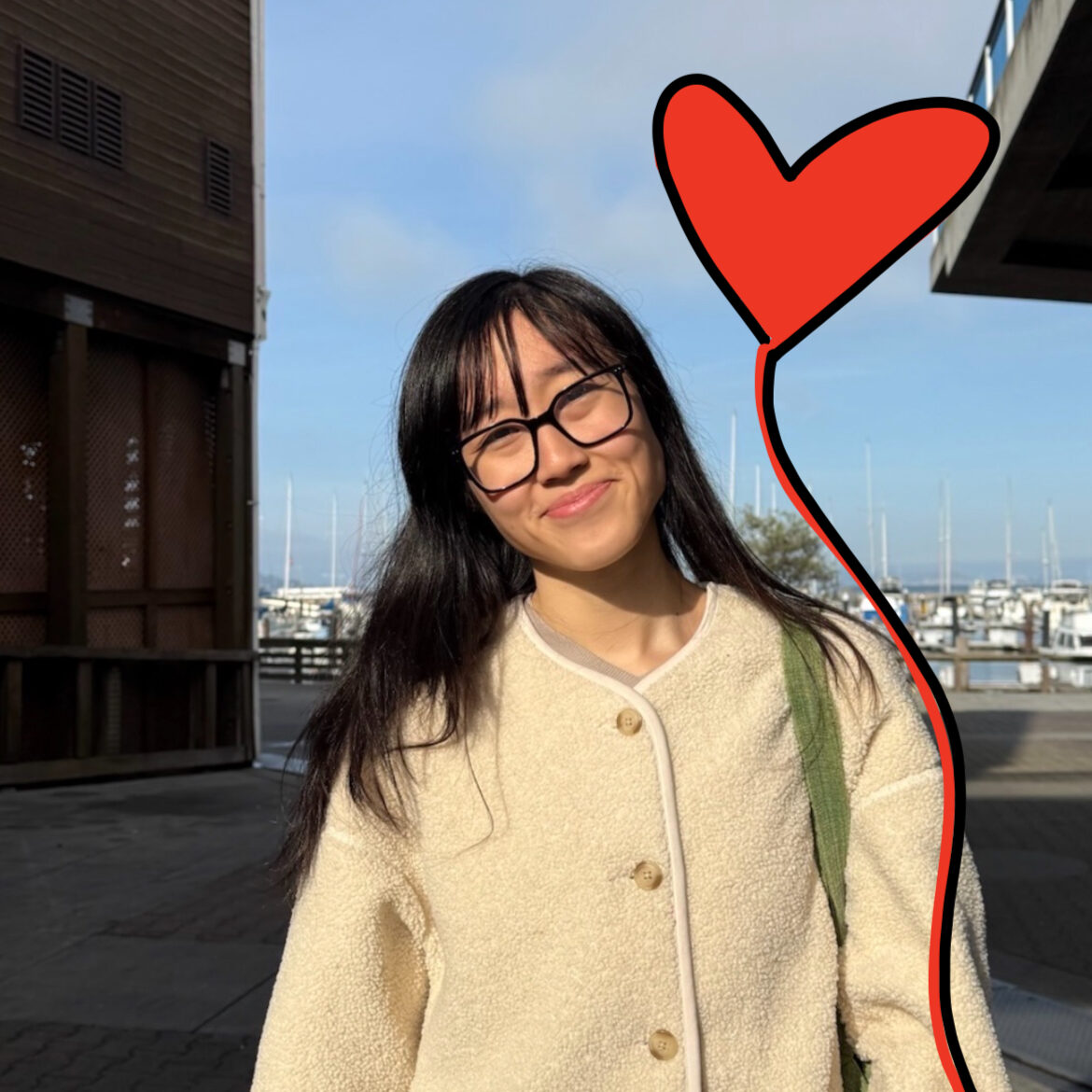
CHUYI ZHANG | Next to you
BS Computer Science & Biology
Growing up, I often heard songs about love before I could fully grasp what love was. I believed I would only ever encounter love through the lives of others. But then, I met someone who changed all of that. What began as a friendly connection grew into something much deeper. As my heart unfolded, I discovered a part of myself I never knew existed—one capable of truly loving someone.
Next To You is my love story retold through a dance film. Through movement and storytelling, I aim to explore the themes of self-discovery, vulnerability, and transformation that come with opening oneself up to love. Through choreography, I aim to communicate the delicate, innocent journey of understanding what it means to love someone and to be loved in return.
This project is not just a retelling of my personal experience, but an exploration of love’s capacity to shape who we are. Through dance, I hope to convey the depth of these emotions and celebrate its beauty in both love and performance.
